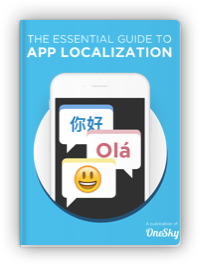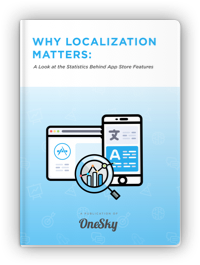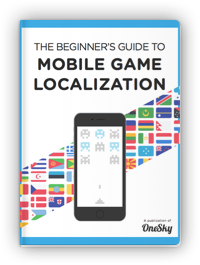Mobile app localization
3 Tips for A Winning Mobile App Localization Strategy
Mobile App Localization = Growth Accelerator
As the world becomes increasingly globalized, your mobile app should too.
It just makes sense: there are a lot of languages in this world. If your app is only in one of them, that’s a huge slice of the market that you’re missing out on.
But you don’t have to go by a gut feeling. According to our research, up to 20% of certain app genres are localized. You don’t want to miss out on the markets your competitors are tapping into.
However, it’s not enough to just hire a couple of Spanish speakers; you need full app translation services to do the job right. That’s because preparing your app for a new market is a little like building a house. Before you do anything, you have to make sure you have a sound structure, and then you can start in on the installing and wiring.
Benefits of Mobile App Localization
Localizing your app is the way of the future, and you don’t want to miss out.
App localization will help you expand your product’s reach in three main ways:
- More markets. Localizing increases the number of markets where your app could gain traction. It’s simple. The majority of the world doesn’t speak English, so localization helps you reach these different markets. In a 2012 study, Distimo found that adding a new language meant a 128% growth in download volume in the first week alone.
- Bigger markets. China, for example, is home to approximately 17% of the world’s population and has the world’s largest iOS App Store revenue, at an astonishing $1.7 billion, a whole 15% lead over the US market. Research also shows that 75% of consumers prefer to buy products in their native language, and 60% non-English speakers rarely or never buy from English websites.
- Higher profit markets. You never know where your app might take off. Maybe the culture of your game is more suitable to another part of the world better than you think. The app industry has really taken off in non-English speaking parts of the world, including emerging markets like India, which has doubled its annual downloads from 3.5 billion to 6 billion from in 2016.
3 Tips to Get Started on Mobile App Localization
It’s true that app localization is a big project to take on. But that’s where the translation management system (TMS) comes in. On its most basic level, a TMS will keep you organized by tracking plans and fostering better team communication. But a good TMS also goes beyond that, offering services such as:
1. Automate key steps with handy integrations.
A TMS allows you to automatically import and export resource files, as well as set up triggered notifications for other team members. Our OneSky TMS’ multiple integrations work well with other tools and platforms to allow for continuous delivery and localization.
2. Avoid duplication.
When you update your app, you often add new content while keeping some of the old. A TMS will instantly recognize the new pieces, and earmark them for translation.
3. Ensure highest translation quality.
A good TMS will include built-in quality assurance features, such as a glossary and reference materials, screenshot feature that allows translators to view context of your app for their work, placeholder validations, and length limits.
Localization is worth it. Having the whole app localization process in one place makes things easier, and your product better.
A Look at the Statistics Behind App Store Features
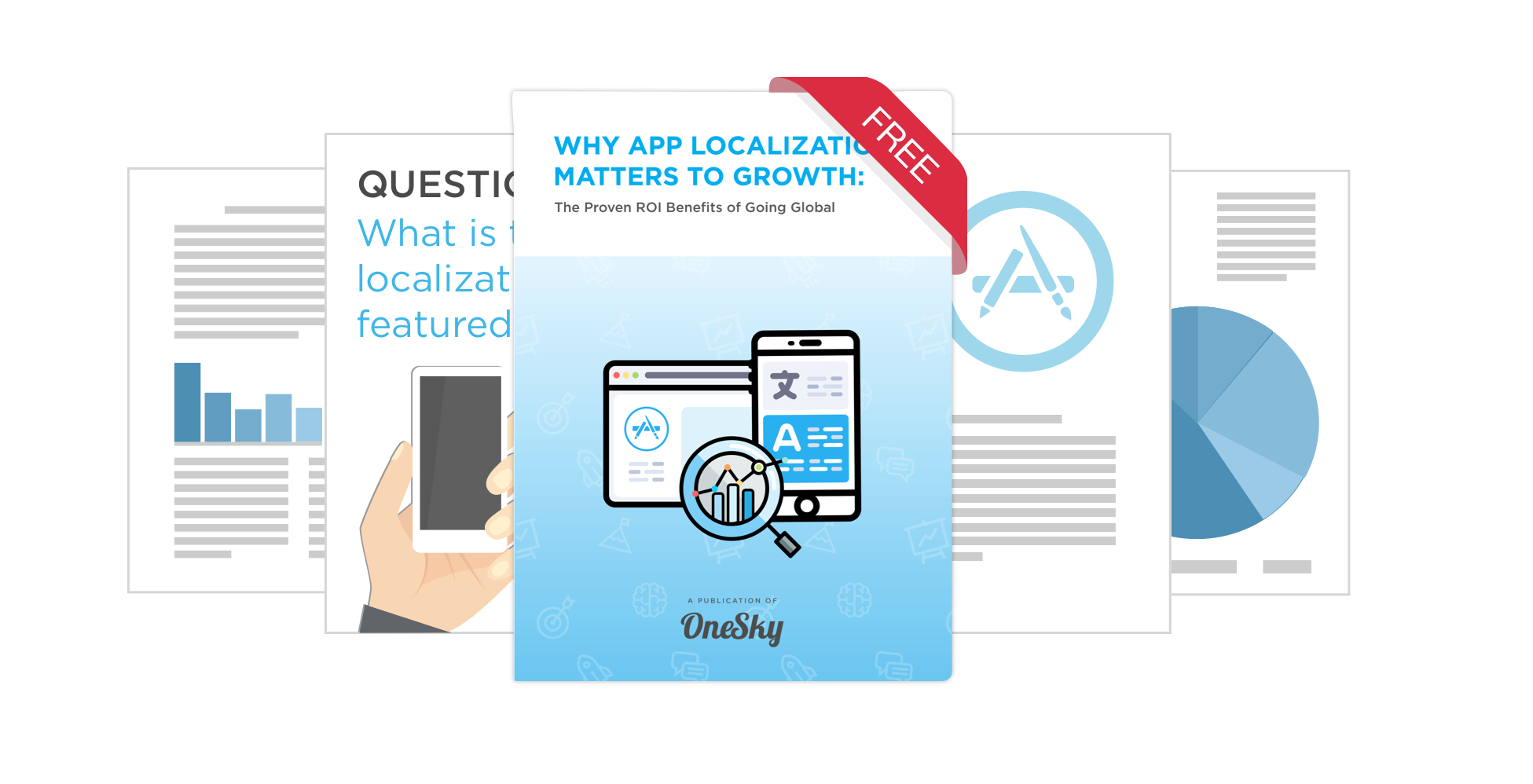
hbspt.forms.create({ css: ”,portalId: ‘1761271’,formId: ‘0b5ec2e6-d1e0-40b5-b2fd-9140e5641d6b’ });


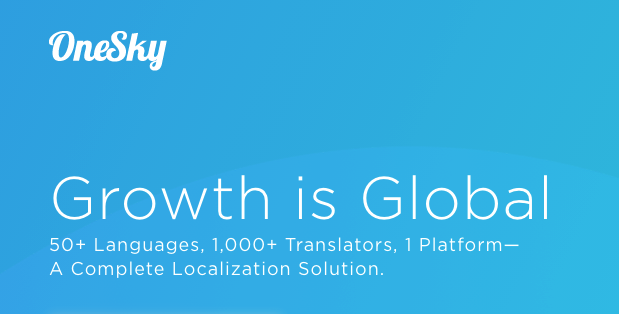

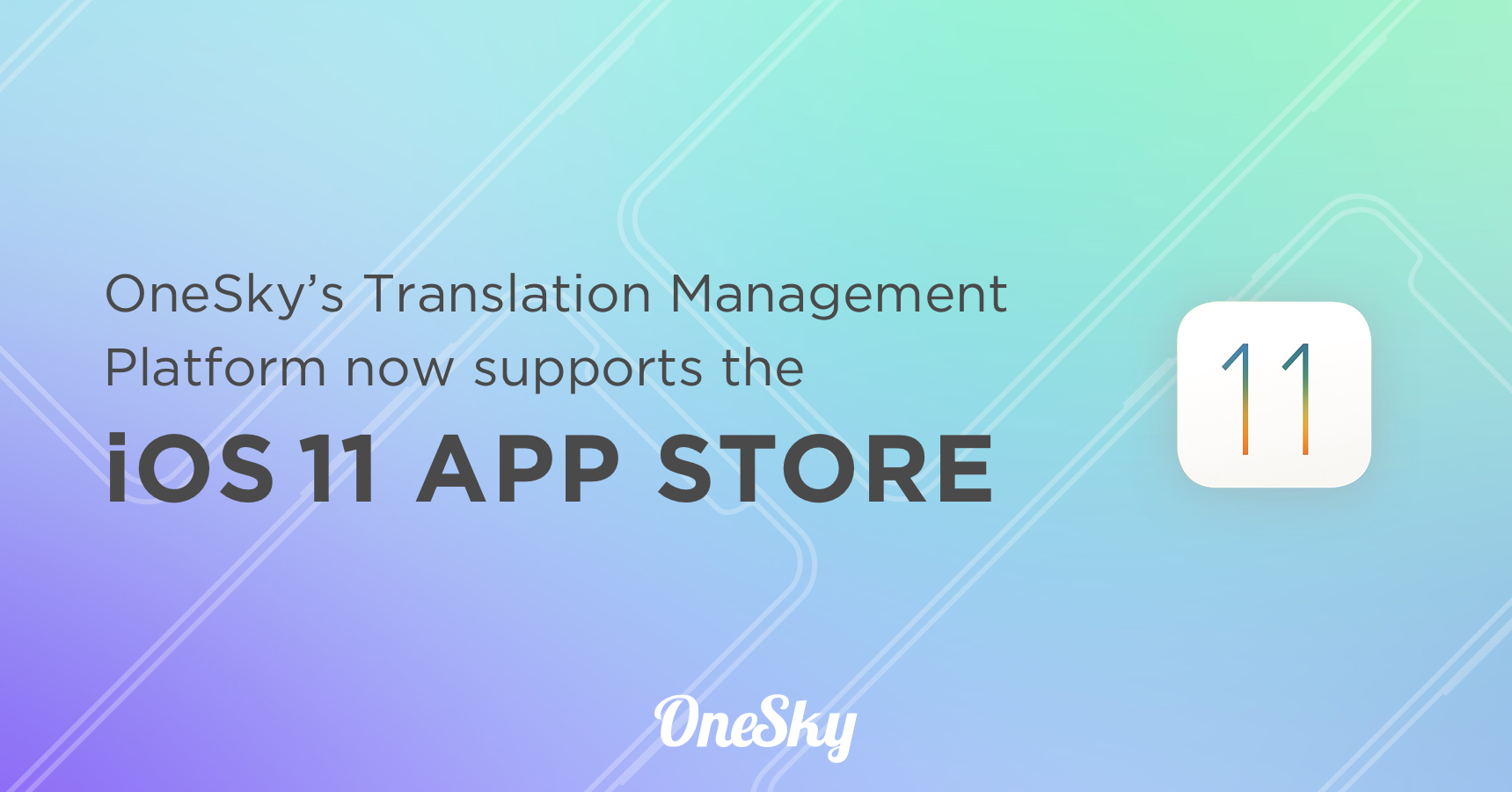
 Written by
Written by 
